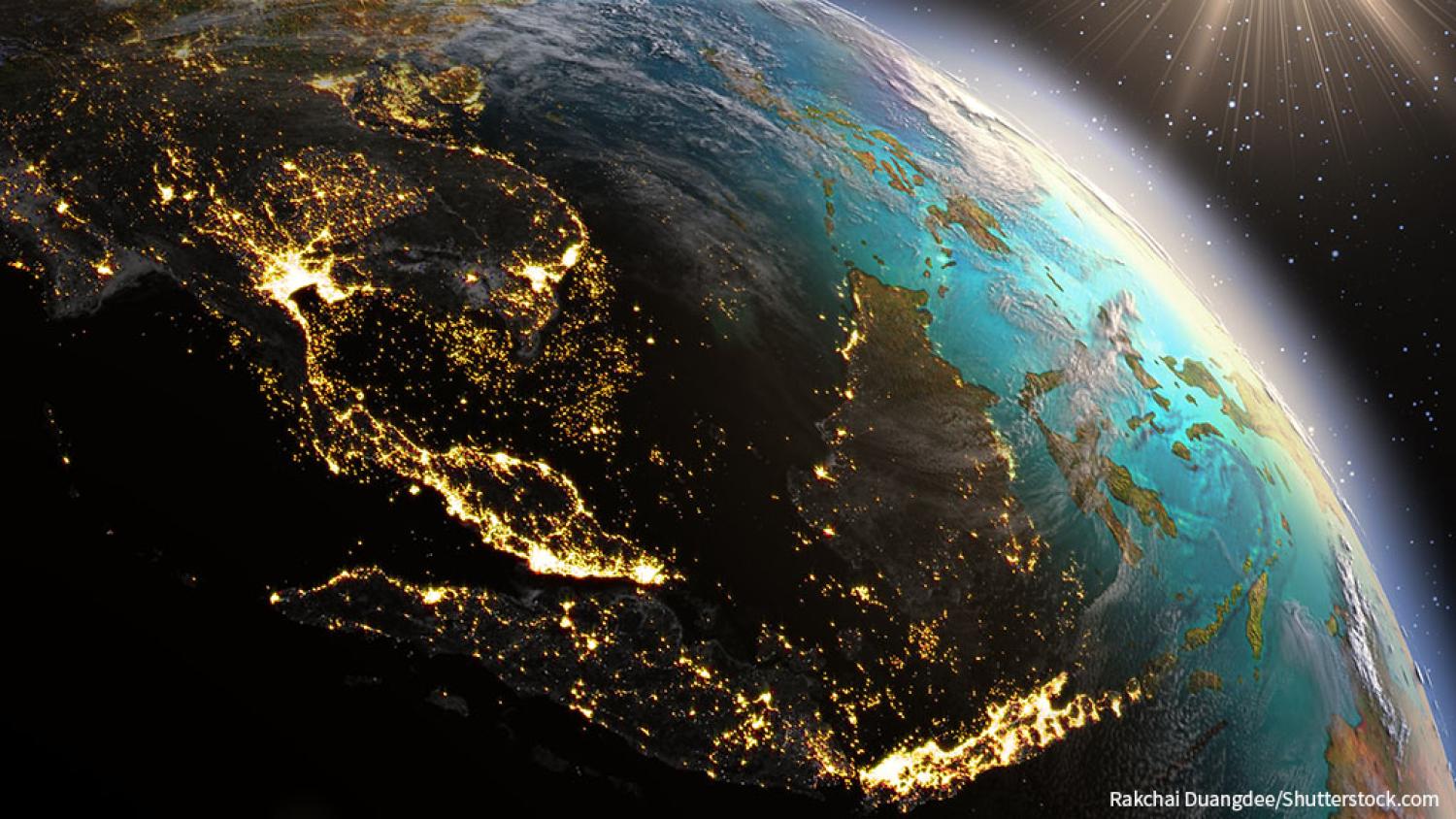
Cuba, I recently discovered, is a highly popular destination. The US and Cuba have restored their diplomatic relations, and in January Habana Vieja (Old Havana) was crammed with European and Canadian tourists. It is just as charming as you would expect from the travel magazines, and just as unreal.
Habano Centro (central Havana) provided a more accurate reflection of the country: magnificent colonial buildings in severe decay, barefoot kids playing football, obvious poverty, the occasional working girl in a doorway, a miserable communist-era supermarket selling one product from each category.

Music was the common theme in both parts of the city. Salsa blares from windows. African beats blast from the ubiquitous vintage cars. Cuban jazz rises up to your hotel room and fends off sleep. Cubans boogie on the street corner. The food is not great, but sometimes the waiters shake their hips as they present you with it.
If Old Havana sometimes feels like a Hollywood set, there are still moments when you realise you are in a communist state. At one point a troop of Cuban soldiers appeared in the street in their distinctive uniforms and caps. My request to take their photograph was denied, but I snatched a sneaky shot from my hotel window.
On another occasion, I asked a senior Cuban diplomat what he thought of North Korea. He replied that the North Koreans are good friends: 'we are both on the road to socialism, even if we are taking different routes'.

I stayed at Hotel Ambos Mundos in Old Havana – Ernest Hemingway's accommodations, where he lived on and off for a number of years, supposedly with a number of different women.

By chance, I was staying in the room next to his. The advantage of this situation was a nice view eastwards towards Plaza de Armas (the best place in town to buy revolutionary kitsch) and Morro Castle, the Spanish-era fort that guards the entrance to Havana harbour. This is the same view Hemingway enjoyed while he wrote several of his novels. The disadvantage was the crowd of foreign tourists always to be found lingering outside my door waiting for a tour of Hemingway's room. They always seemed disappointed when I emerged into the corridor, rather than Papa.
Apart from tourists wanting to visit Hemingway's digs, Hotel Ambos Mundos also attracted groups of people wanting to access the internet.
Public internet access in Cuba is only accessible via WiFi hotspots at big hotels and offices of the national telco. Cubans have to buy a card for one hour's use at a cost of several days' wages. Whether due to malign intent or incompetence, the service is unbelievably bad. I don't think the Cuban government needs to worry about anyone fomenting counter-revolution online: by the time they come up with a good slogan, the WiFi will have dropped out. Personally I gave up trying to access the internet while I was in Cuba.
The regime leans heavily on the iconography of Fidel Castro, his brother Raúl (who currently serves as president) and their fellow revolutionary Che Guevara. The Museo de la Revolución (Revolutionary Museum) in Havana is full of relics of the Cuban revolution. These include the Granma, the vessel that took the revolutionary leaders from Tuxpan in southern Mexico to Santiago de Cuba, the country's old historical capital; parts of an American U-2 spy plane and the Soviet anti-aircraft missile-type that brought it down; and old jeeps driven by Fidel.

There are also relics of more dubious provenance, for example a coin that Raúl supposedly left at a farmhouse and boots that various revolutionaries wore in the jungle. The revolutionary forces were remarkably well organised to identify, retrieve and store all these artifacts while they were fighting a guerilla war.

Everywhere in Havana there are holy pictures of Che – handsome, hirsute and Christ-like. I couldn't resist a picture with a mural of Che outside the Terminal Sierra Maestra, the old shipping terminal. The Revolutionary Museum contains the stretcher on which Che's corpse was carried when he was killed in Bolivia. Tourists stood silently before the stretcher like it was the Shroud of Turin.
The Museum also has a picture of Fidel sitting in a tank during the attempted invasion at the Bay of Pigs. The caption on the photograph indicates that Fidel personally fired the shell that disabled the US vessel the Houston. What a shot!
Fidel often achieved superhuman performances in fields in which he was not expert. At the Hotel Ambos Mundos, there was a picture of Fidel and Hemingway at a fishing competition, holding several trophies between them. The guide informed us solemnly that Fidel won all the cups but generously gave one to Hemingway (who was no mean fisherman) as a keepsake.
